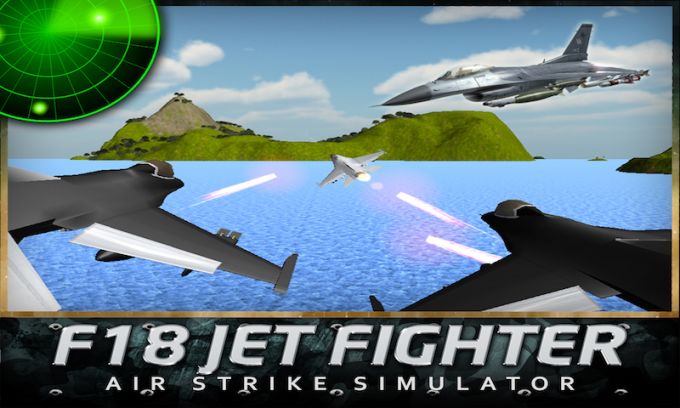

The AdA wanted a Mach 3 fighter, not an interdictor aircraft incapable of dogfighting that was the Mirage G8. The Mirage G8, which was envisioned as the "Avion de Combat Futur" (ACF or Future Combat Aircraft) of the French Air Force ( Armee de l'Air, AdA), did not align with the service's conception of its future aircraft. Dassault was devoting considerable attention to the Mirage G8A, a fixed-geometry derivative of the Mirage G8 that served as the competitor to the Panavia Tornado. The Mirage 2000 started out as a secondary project tentatively named "Delta 1000" in 1972. The design was expected to materialise in the Mirage G8, which would serve as the replacement for the popular Mirage III in French Air Force service. Dassault instead focused on its own variable-geometry aircraft, the Dassault Mirage G experimental prototype. Two years later, France withdrew from the project on grounds of costs, after which Britain would collaborate with West Germany and Italy to ultimately produce the Panavia Tornado. The origins of the Mirage 2000 could be traced back to 1965, when France and Britain agreed to develop the "Anglo-French Variable Geometry" ( AFVG) swing-wing aircraft. Over 600 aircraft were built and it has been in service with nine nations.ĭevelopment Previous projects It was later developed into the Mirage 2000N and 2000D strike variants, the improved Mirage 2000-5, and several export variants. The Mirage 2000 evolved into a multirole aircraft with several variants developed, with sales to a number of nations. It was designed in the late 1970s as a lightweight fighter to replace the Mirage III for the French Air Force ( Armée de l'air). The Dassault Mirage 2000 is a French multirole, single-engine, fourth-generation jet fighter manufactured by Dassault Aviation.


 0 kommentar(er)
0 kommentar(er)
